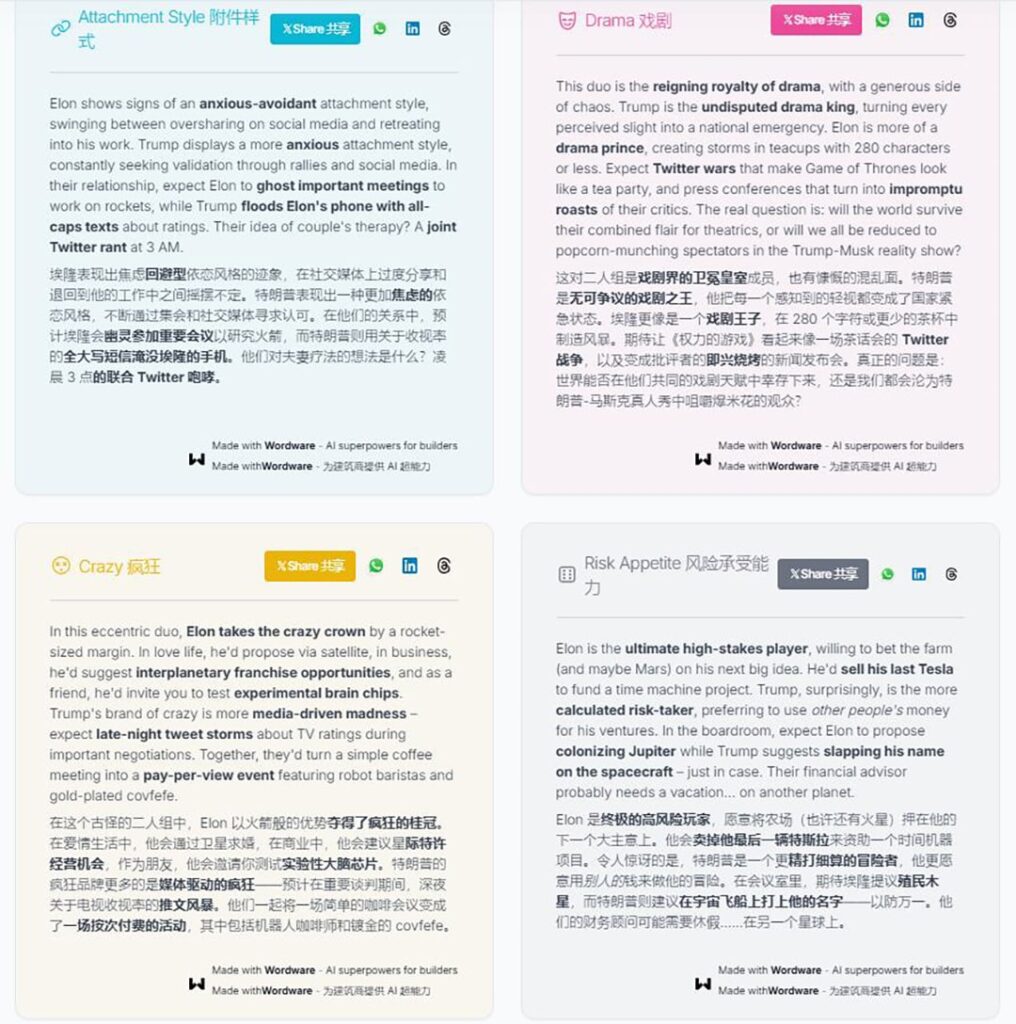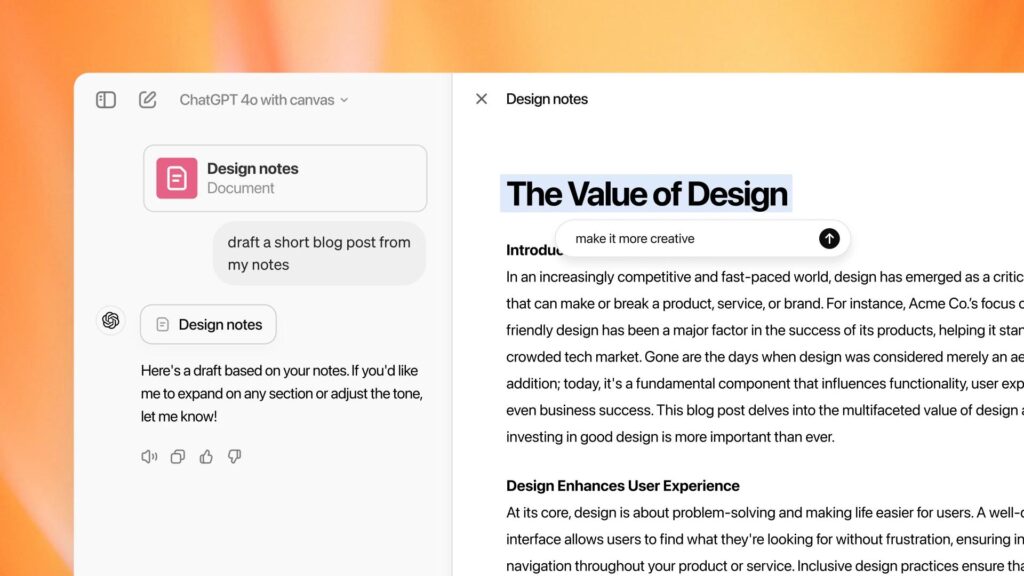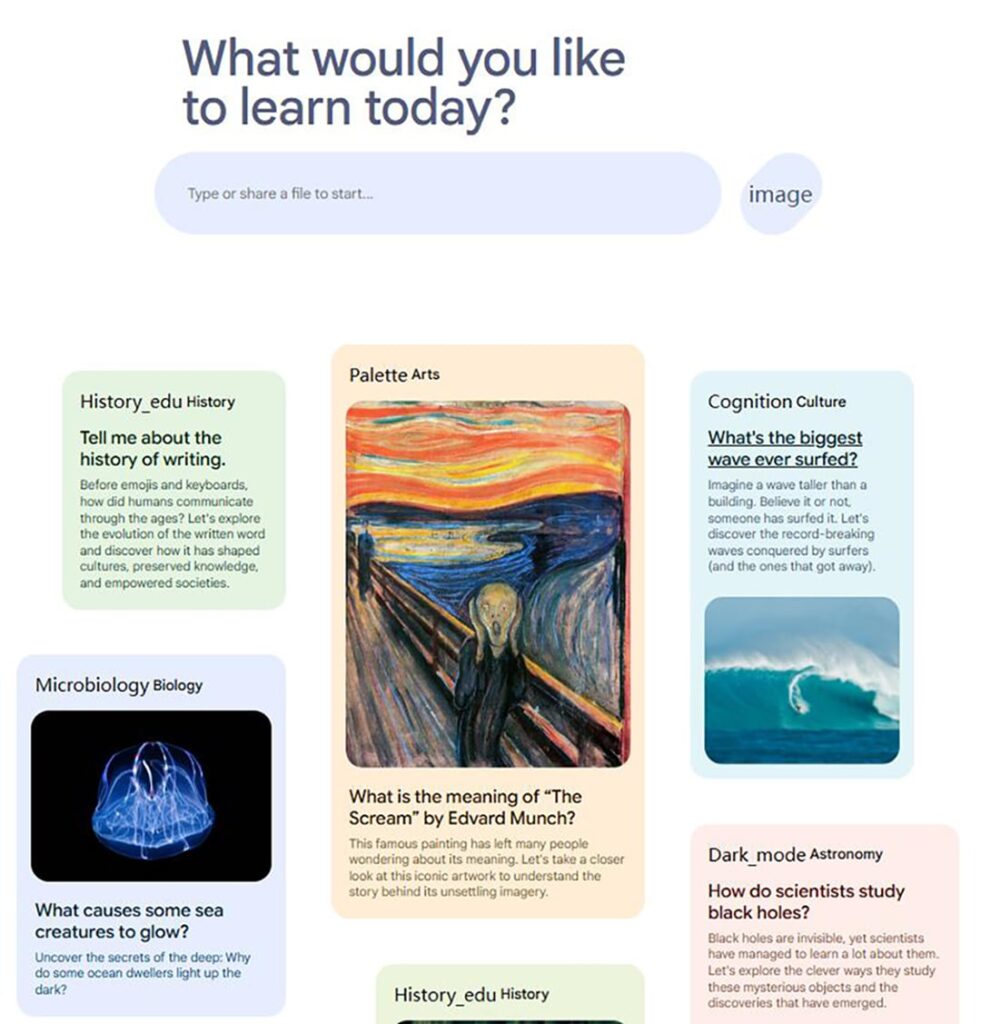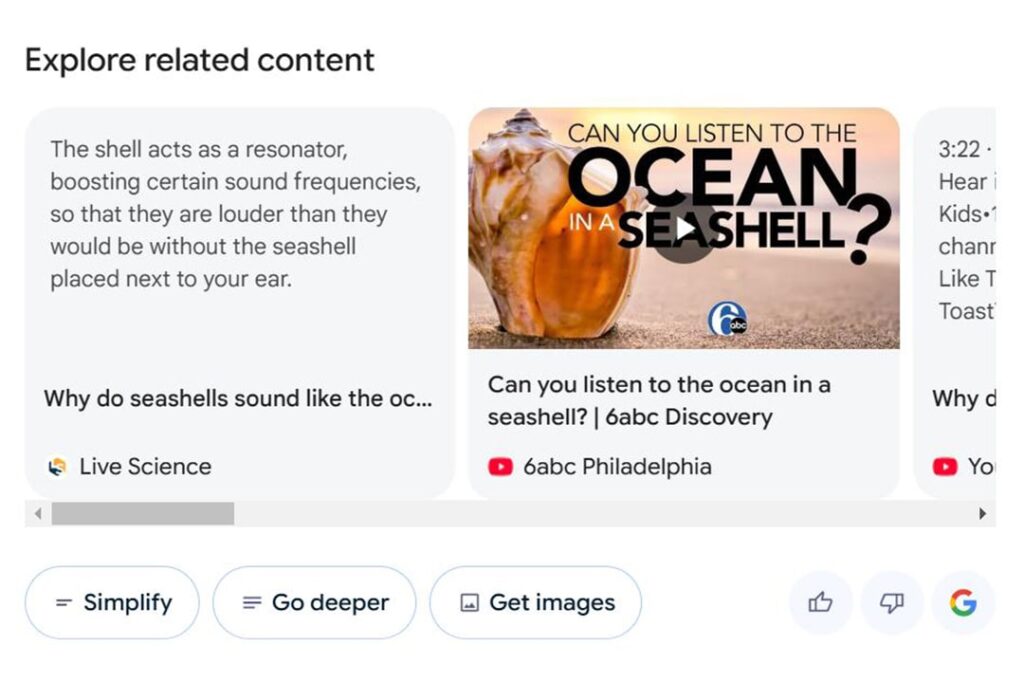What NotebookLM’s success says about the future of AI tools

To keep users engaged, AI tools may need to be as simple and intuitive as they are powerful.
Podcasts in the US have emerged as a force to be reckoned with—rivaling, and at times eclipsing, platforms like TikTok in influence.
During the recent US presidential election, Donald Trump and Kamala Harris turned to podcasts as essential tools in their campaigns. Trump’s appearance on Joe Rogan’s immensely popular podcast drew a staggering 48 million views on YouTube. Commentators deemed it the final push that helped solidify Trump’s victory.
This underscores a major shift in how Americans consume media. According to Nielsen, on November 5, during the peak election coverage, only 42.3 million viewers tuned into television broadcasts across 18 networks—a number slightly overshadowed by Rogan’s podcast audience.
Podcasts have rapidly ascended as a powerful new medium, influencing realms as diverse as politics and technology.
In recent months, Google’s artificial intelligence-driven notetaking tool, NotebookLM, has seen a meteoric rise. Traffic surged by over 200% in October, reaching 9.2 million visits compared to 3.1 million the previous month, according to Similarweb. NotebookLM’s standout feature, “Audio Overview,” has captivated users, allowing them to transform lengthy texts into podcast-style audio. The AI-generated audio mimics authentic human conversations, complete with humor, nuanced intonation, and an engaging dialogue format.
Enthusiastic netizens have praised the innovation, with the hype even spurring Meta to respond with NotebookLlama, an open-source alternative based on its Llama model.
The wave of AI notebook tools hasn’t stopped there. On November 15, Tencent unveiled Ima Copilot, a product that allows users to build personalized knowledge repositories by analyzing WeChat articles. Meanwhile, startups like Read AI and Granola are riding the momentum. Read AI recently secured USD 50 million in Series B funding, while Granola closed a USD 20 million Series A funding round in late October.
NotebookLM was initially conceived as a productivity tool to summarize, organize, and query source documents. However, its unexpected success as a podcast generator mirrors the trajectory of ChatGPT—a technology that began as a preview of large language models (LLMs) and evolved into a household name.

Creating a podcast with NotebookLM is straightforward. Users upload single or multiple source documents, click “Generate Audio,” and wait a few minutes for a 10–15 minute audio segment featuring a lifelike male-female dialogue. The tool even supports customizations, such as tailoring content to specific audiences or themes.
For instance, when fed with an interview featuring Sam Altman, NotebookLM transformed the serious discourse into an engaging, accessible dialogue. The AI-generated conversation broke down complex topics, such as the birth of artificial general intelligence (AGI), likening it to “the arrival of a new form of life” or joking about how AI companies need “one genius and 10,000 GPUs.” Scaling law, a complex concept, was explained through vivid metaphors, making it both digestible and entertaining:
- Speaker A: Imagine teaching a computer to recognize cats, right? A small model might learn the basics—pointy ears, round faces. But a massive model? That’s trained on millions of cat photos.
- Speaker B: It becomes the ultimate cat expert.
- Speaker A: Far beyond that—it can learn breeds, emotions, and even detect subtle signs of illness from a single expression. It’s a whole new level of detail.
The tool’s simplicity and effectiveness have inspired users to try it en masse, with social media flooded with posts on X (formerly Twitter) detailing how to “create a podcast in minutes.”
Add on other AI tools like Heygen for generating digital humans, or Wondercraft for editing scripts and sounds, and even richer audio and video content can be created.
Today’s generative AI tools face an unspoken challenge: standing out in a crowded field requires more than functionality—it takes creativity and flair.
One striking example is Wordware, a low-code development platform that captured social media’s attention with an unexpected feature: a snarky commentary tool. Within just eight days of its launch, the feature attracted 4.26 million users, a feat that even left its creators stunned. This tool mimics the tone of a savvy social media native. By analyzing content on platforms like X, it delivers biting personality assessments and compatibility analyses between accounts, captivating users with wit and humor.

The viral trajectories of NotebookLM and Wordware reveal a common strategy: augment core functionalities with shareable, easy-to-use features that thrive in a social media ecosystem. These tools lower the barrier for engagement, making them accessible even to tech novices. Their humor and relatability mirror the appeal of TikTok’s short videos, which exploded globally by offering quick, entertaining, and highly shareable content.
NotebookLM’s success owes as much to its functionality as to its unorthodox operational strategy. Raiza Martin, the product manager, explained the team’s approach during a recent interview.
The team actively shares development updates on social media and hosts a dedicated channel on Discord, a platform popular among developers. This allows them to directly observe user feedback and behaviors, enabling rapid iterations and improvements. To date, over 60,000 users have joined the Discord community.
Similarly, video generation startup Pika adopted a comparable strategy. Upon launching its Pika 1.5 model in October, the team debuted an AI template enabling users to create effects like explosions, melting, and transformations with a single static image. The results—ranging from cakes to imploding objects—became instant hits, aligning perfectly with the whimsical humor of social media culture. By focusing on interactive features, Pika amassed over 500,000 users in its early days.
Generative AI is currently undergoing a significant shift in how users interact with its products. Analyzing the reasons why NotebookLM’s two-person podcast format turned out attractive to users, Andrej Karpathy, co-founder of OpenAI, said on X that chatting with AI can be difficult because users don’t always know what to say or ask. In a similar vein, reading is hard and it may be easier to just lean back and listen.
Karpathy’s observation highlights a key trend: users don’t always know what they want until they see it. This insight underpins NotebookLM’s ability to turn dense technical text into a lifelike podcast or Wordware’s knack for creating viral-ready snark. The emphasis has shifted from raw AI power to thoughtful, intuitive design.
Looking back at the rise of mega internet applications, one thing is clear: their success was rooted in interaction design. TikTok revolutionized video consumption by simplifying navigation with vertical scrolling. Similarly, AI products today are evolving from text-driven interfaces to multimodal and conversational systems that no longer require users to constantly type out queries.
NotebookLM demonstrates that transforming LLM capabilities—like IQ, contextual length, and multimodal input—into consumable formats hinges on user experience and context rather than raw AI sophistication.
A recent example of this shift is OpenAI’s canvas feature, launched in October. This feature integrates text-editing and coding tasks directly into the ChatGPT interface. Users can highlight sections of a document, edit text inline, and ask follow-up questions in a contextual pop-up window. This innovation creates a more collaborative human-machine experience.

Josh Miller, founder of the Arc browser, observes that small companies still have opportunities to disrupt the market through interface innovation. Successful products, he said, are those that define user interactions in a way that feels intuitive and game changing.
Following NotebookLM’s viral rise, Google doubled down with Learn About, a new AI-powered educational tool. Resembling an interactive encyclopedia, Learn About offers concise summaries, timelines, FAQs, and interactive explorations across topics like history, biology, and sports.

What sets these tools apart is their departure from the traditional empty chatbox interface. Instead, they use structured elements to present suggested themes, guides, and notes. Users simply click, and information flows in text, images, and videos. This design removes the cognitive load of deciding what to ask, instead guiding users on a journey of discovery.

Martin added that the real challenge lies in creating interfaces that feel both intuitive and novel. Reflecting on NotebookLM, she cites one design choice that initially puzzled users: requiring them to upload source documents. For users accustomed to ChatGPT’s open-ended prompts, this seemingly small step caused hesitation.
Yet, this design choice serves an essential purpose. By rooting creation in source documents, NotebookLM reinforces the reality that most creative work builds upon existing materials—a principle that positions AI notebooks as tools to fulfill a new and superior form of productivity.
Ultimately, the evolution of tools like NotebookLM reflects the trajectory of the internet itself. The “second brain” has evolved—from standalone apps to AI-enhanced tools that integrate, analyze, and expand information seamlessly. Our needs have remained constant, but our expectations for intelligence and ease of use have grown exponentially. AI tools that meet these demands are not only reshaping productivity but also redefining how we create, learn, and engage.
#GenerativeAI #NotebookLM #PodcastInnovation #AIProductivity #InteractiveDesign #Ifvex

- Art
- Causes
- Crafts
- Dance
- Drinks
- Film
- Fitness
- Food
- Games
- Gardening
- Health
- Home
- Literature
- Music
- Networking
- Other
- Party
- Religion
- Shopping
- Sports
- Theater
- Wellness


